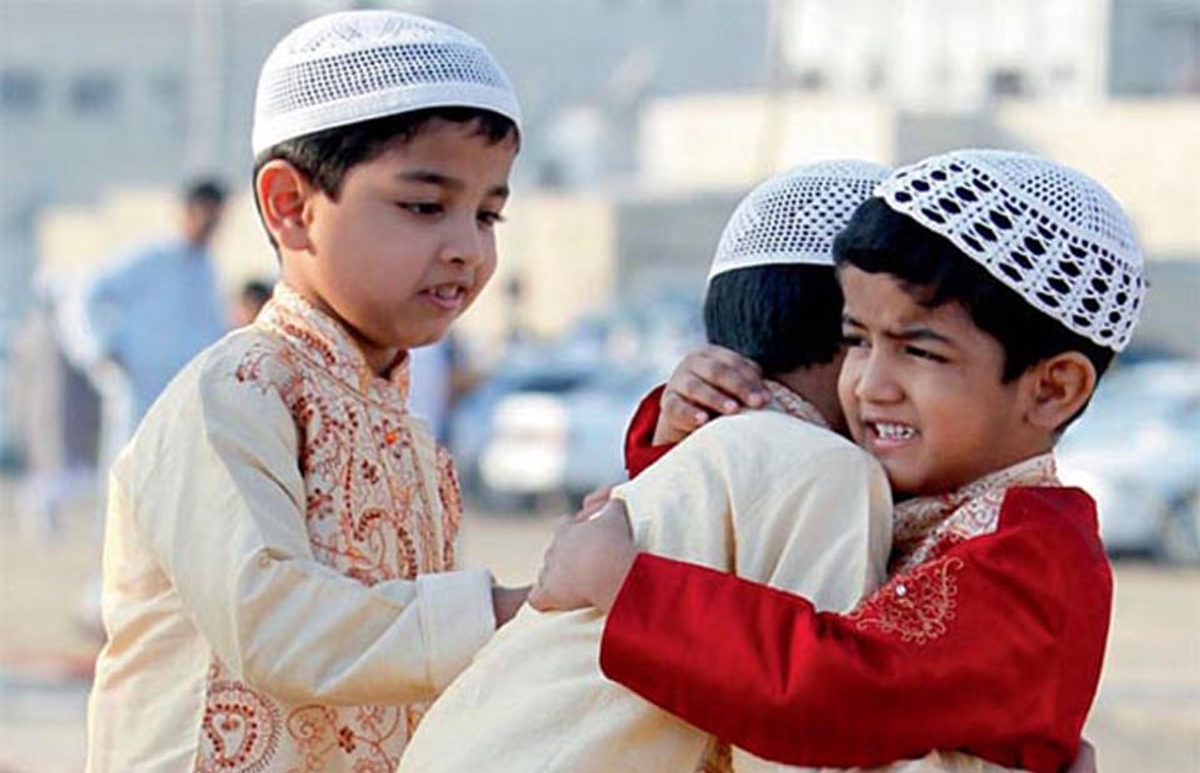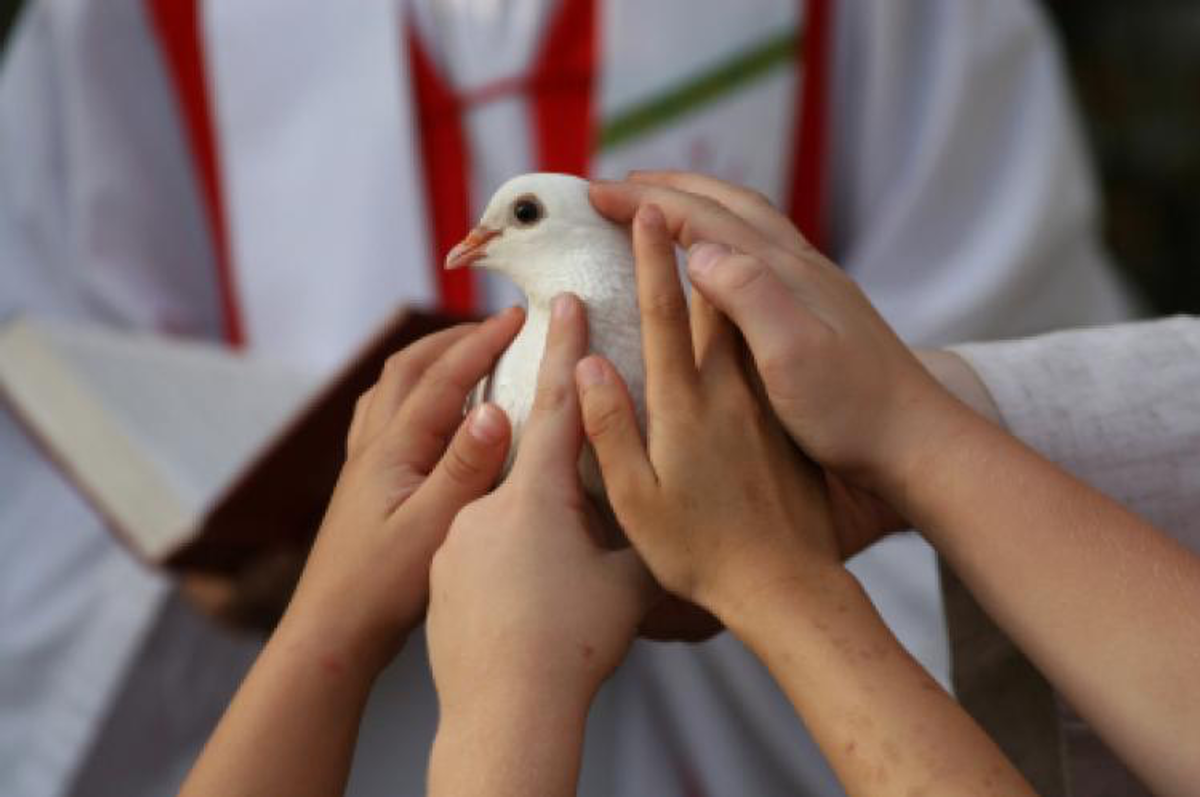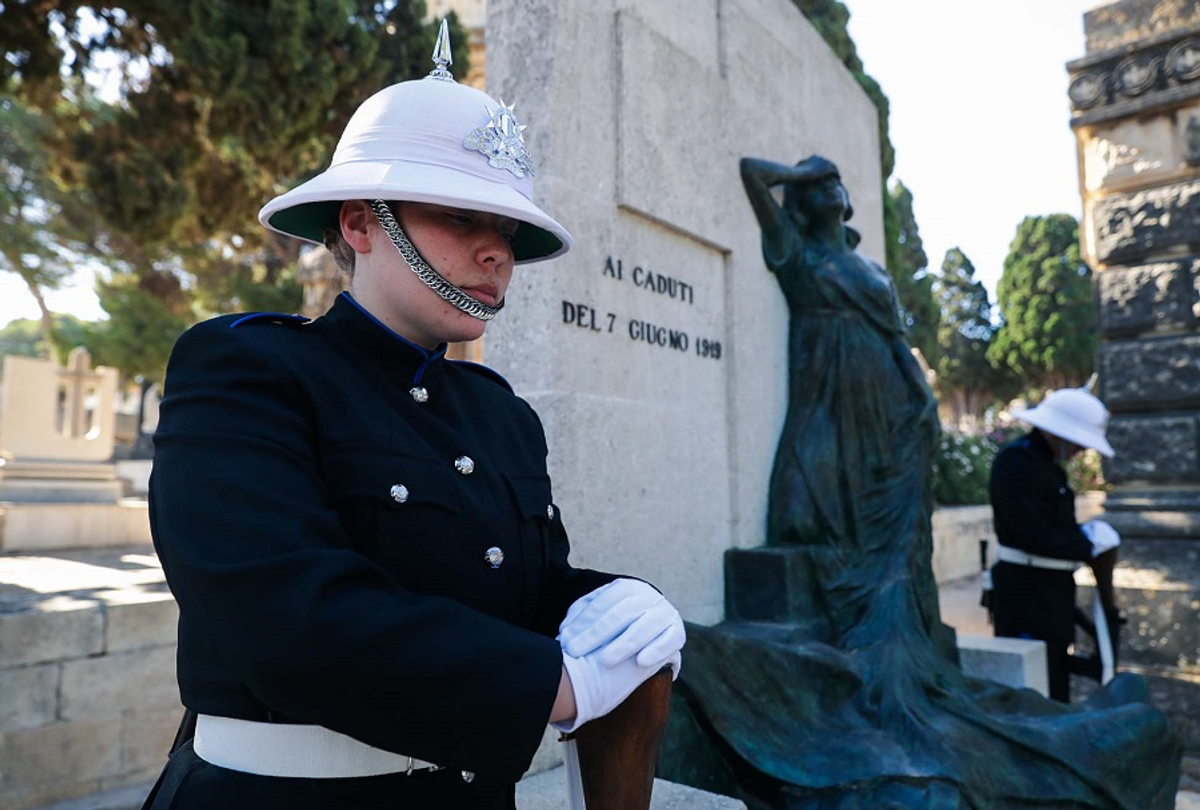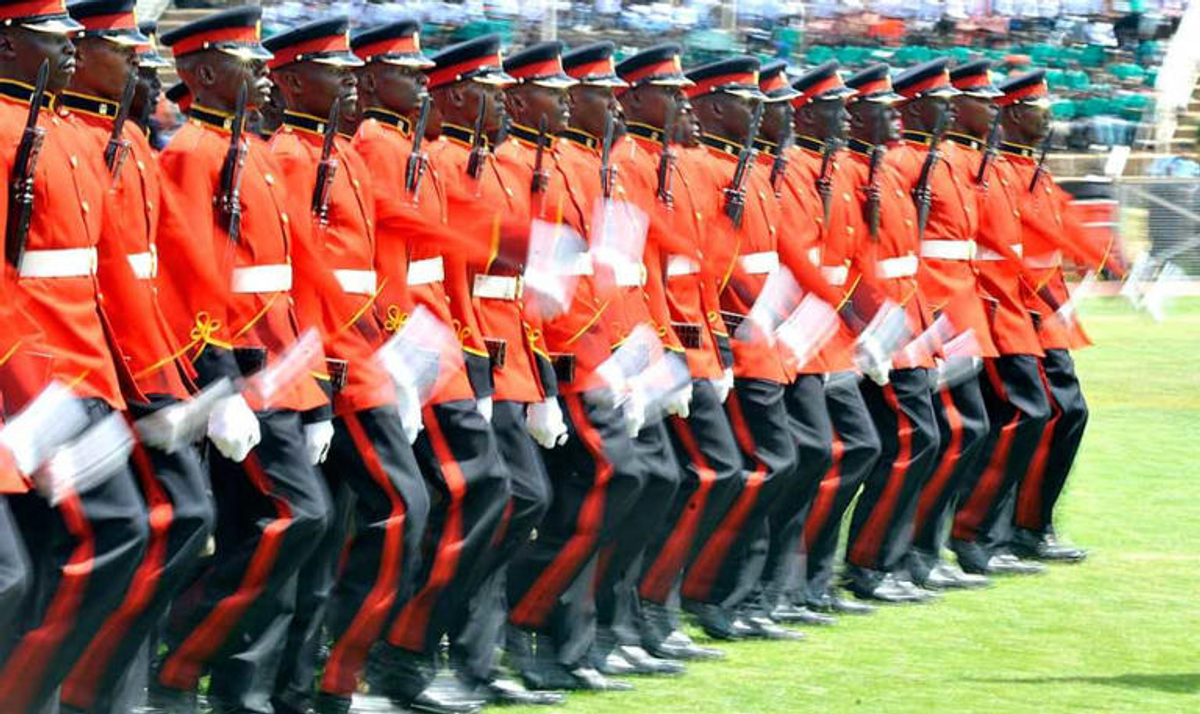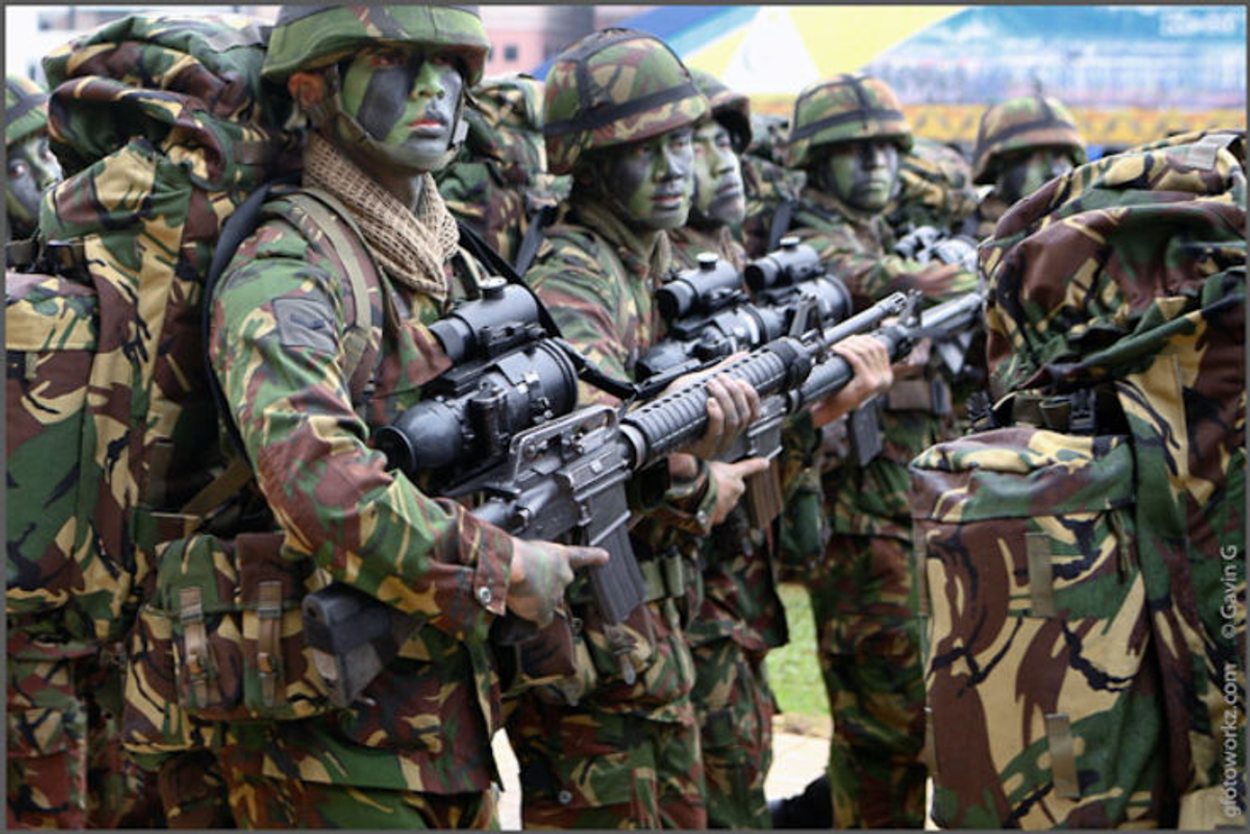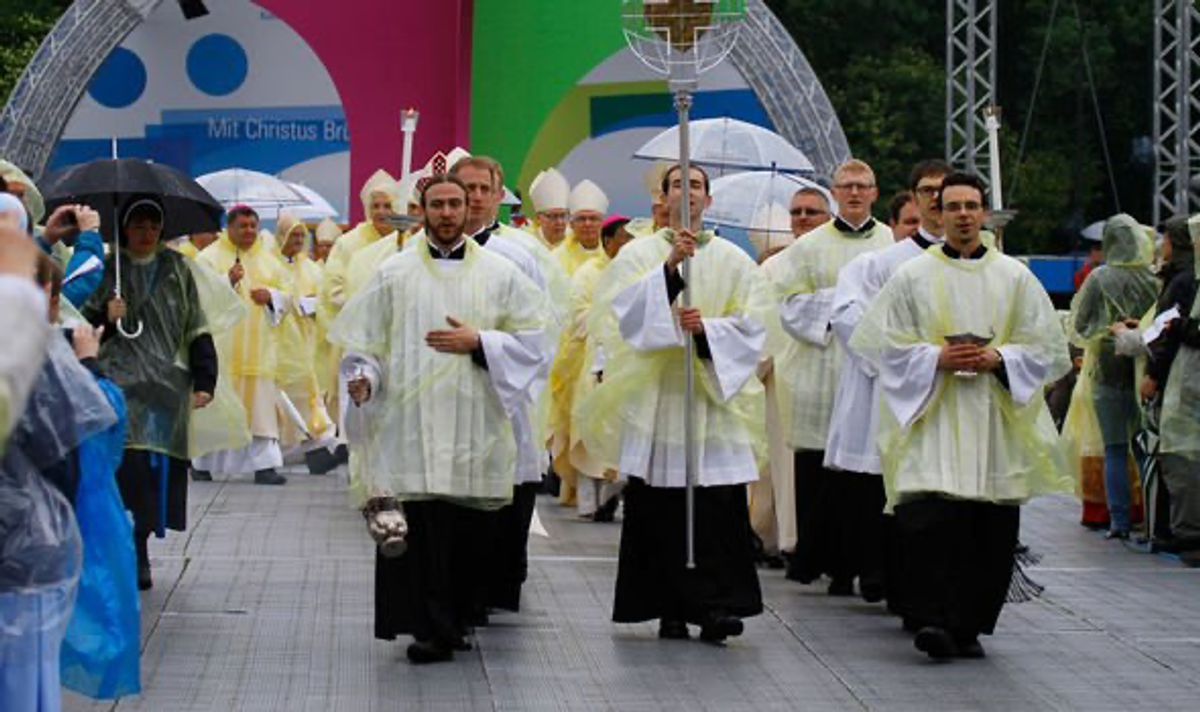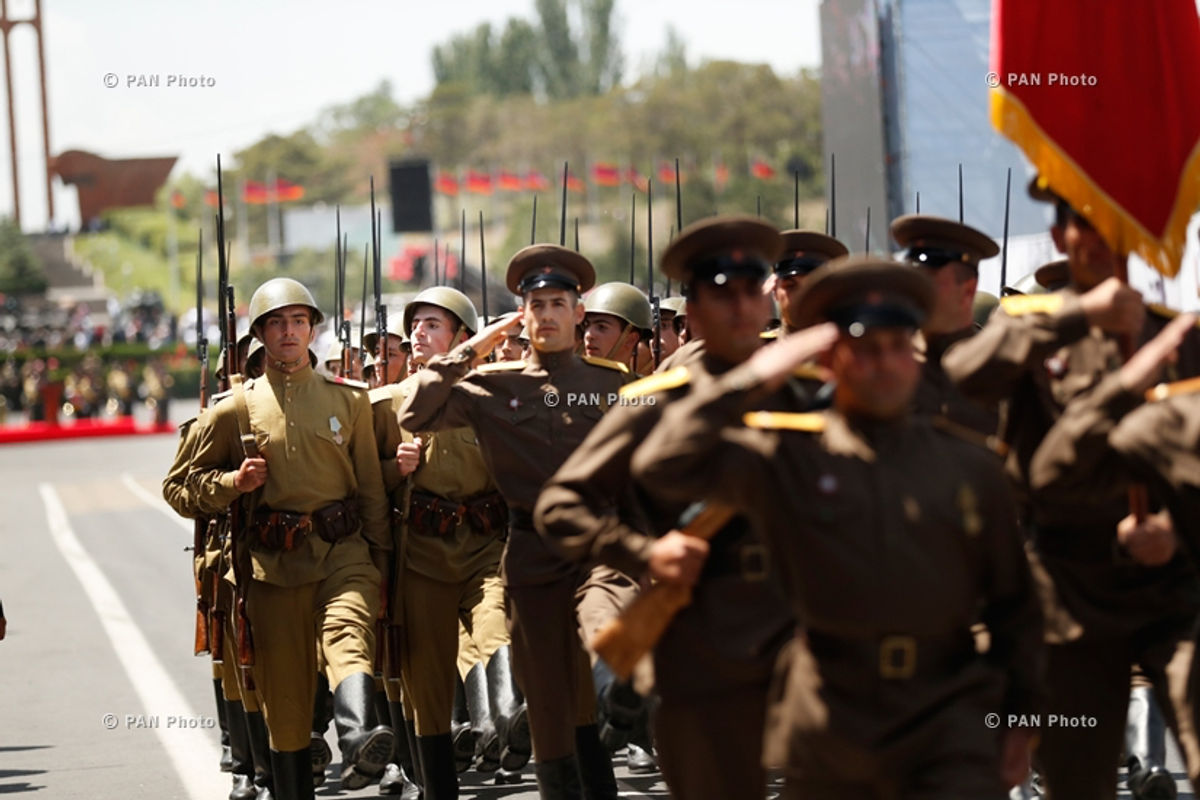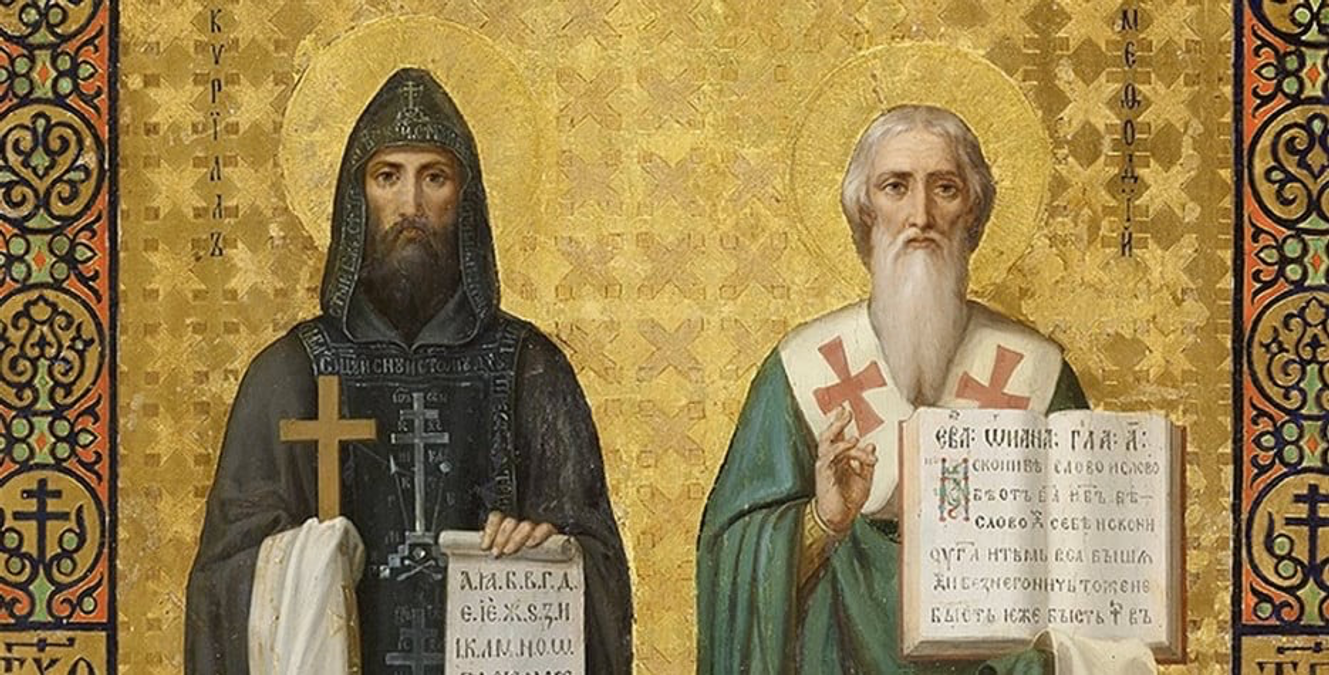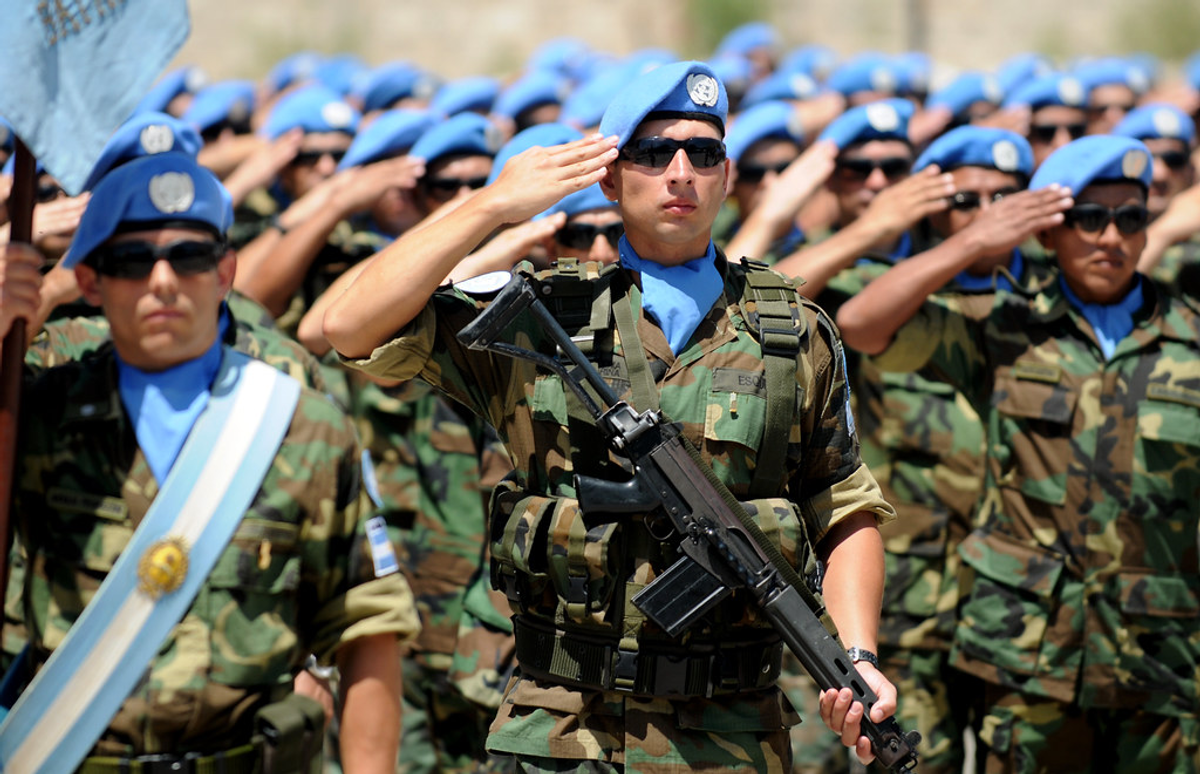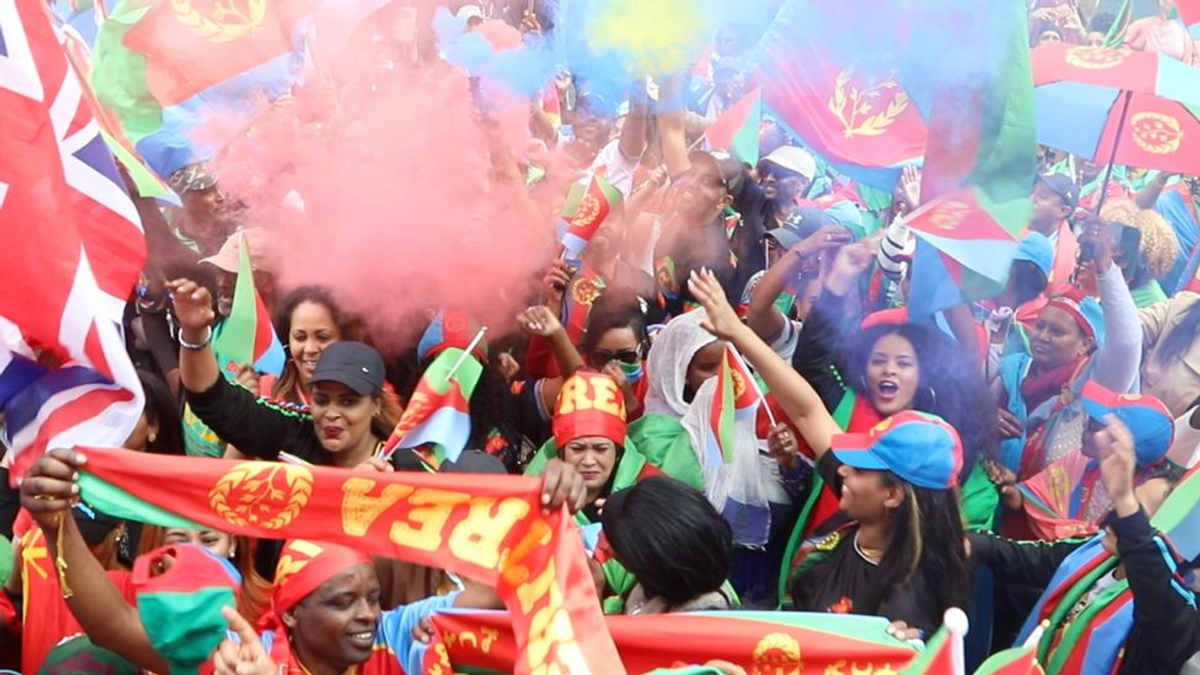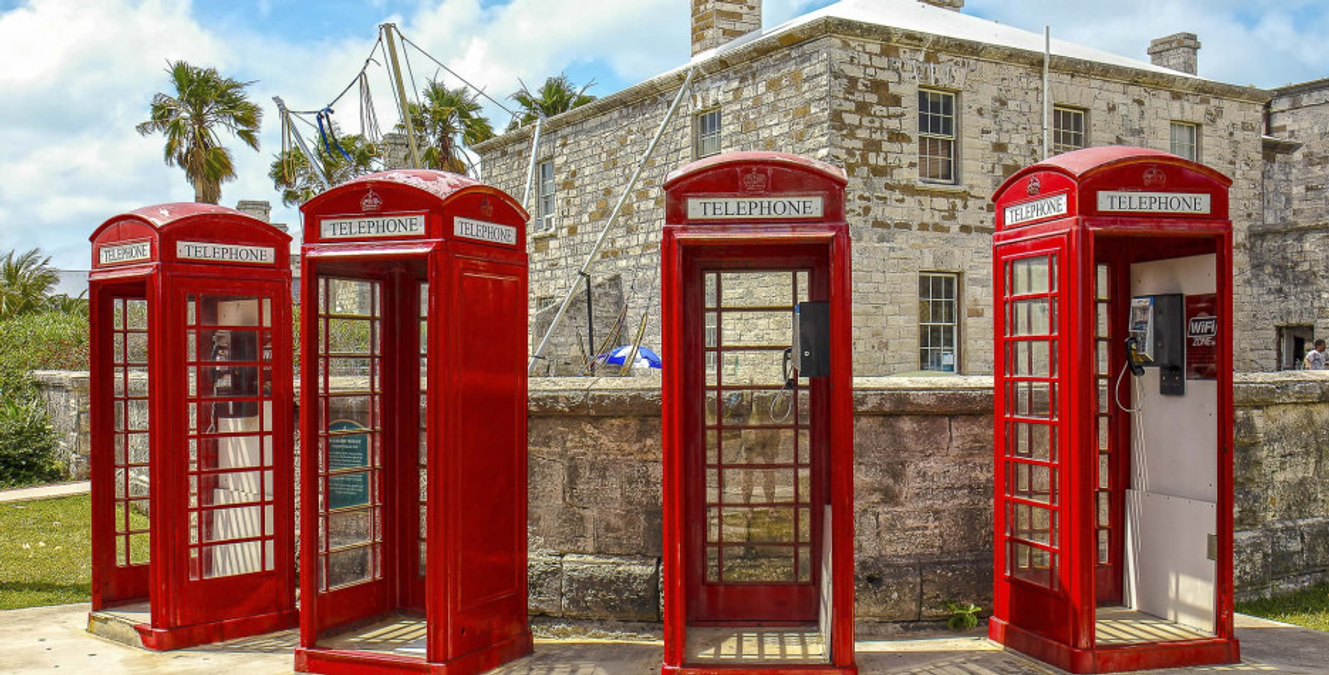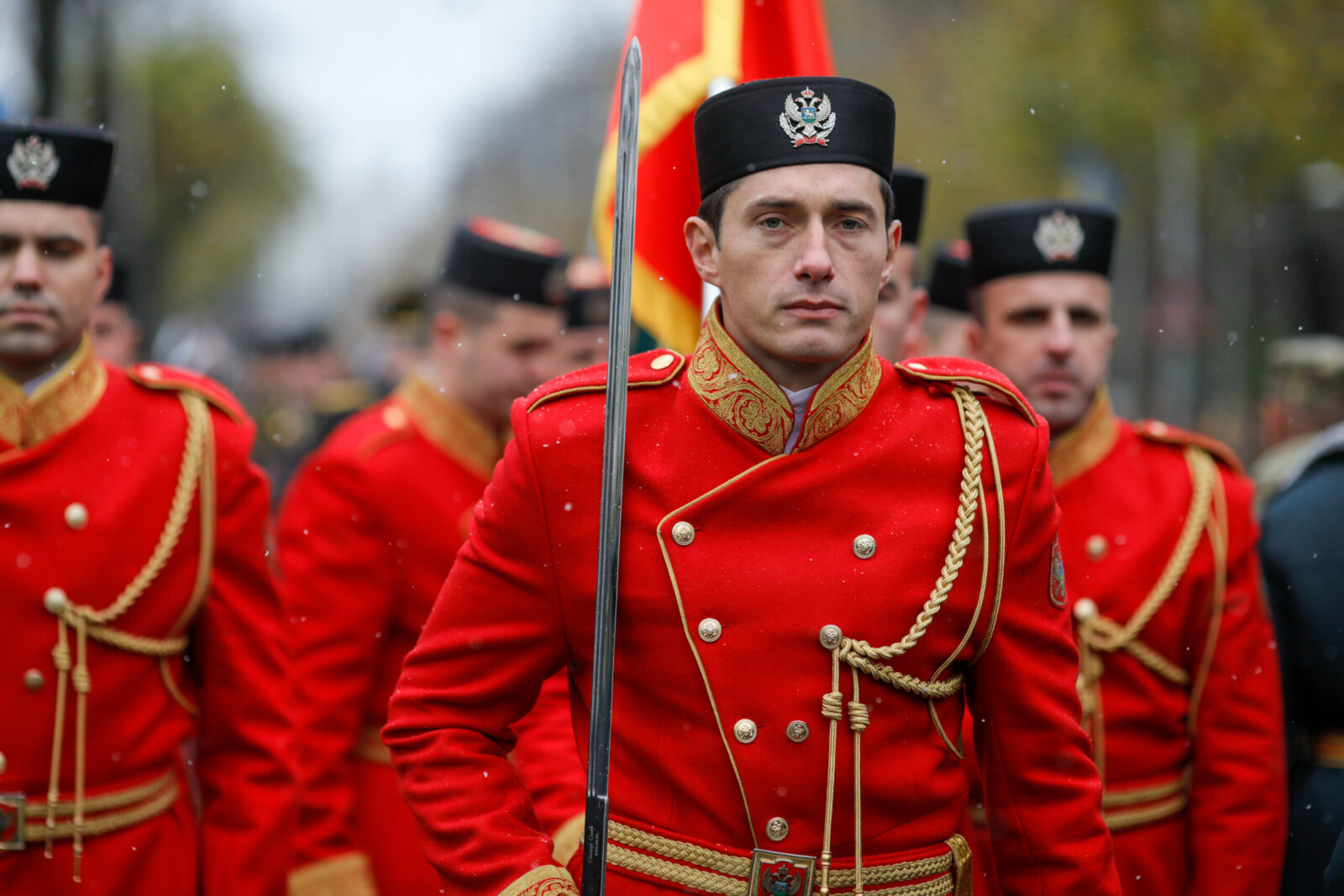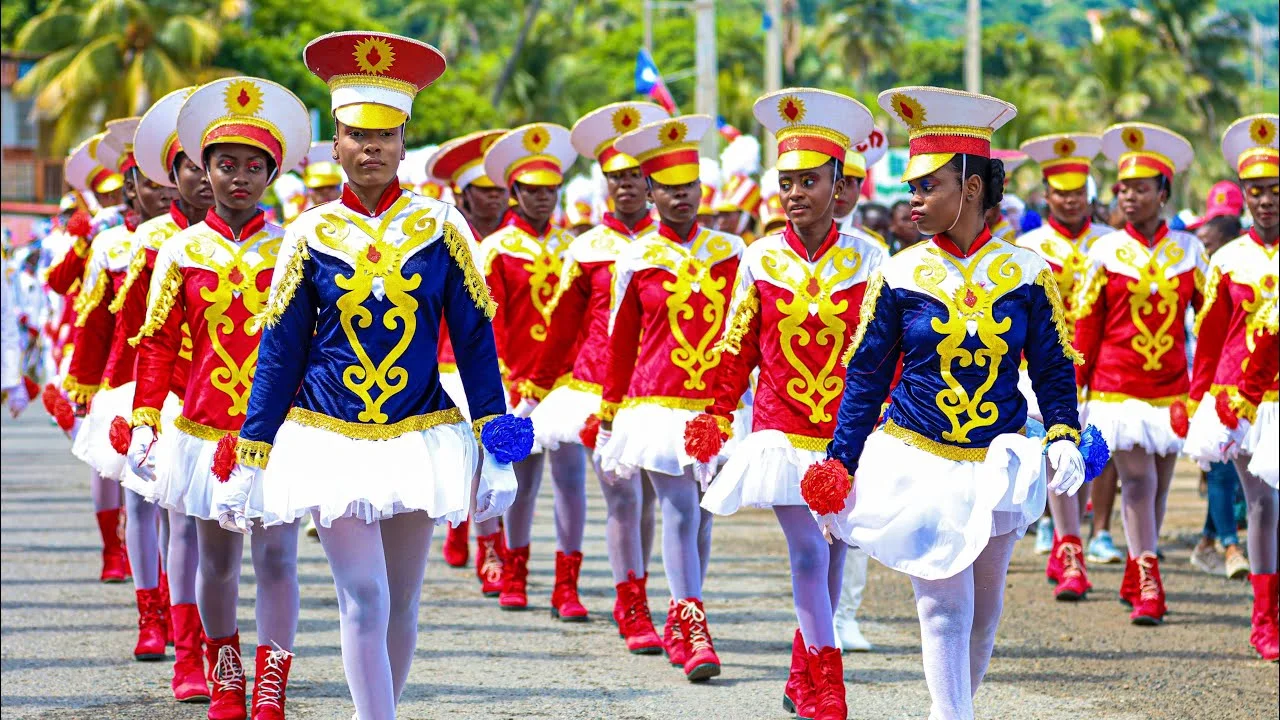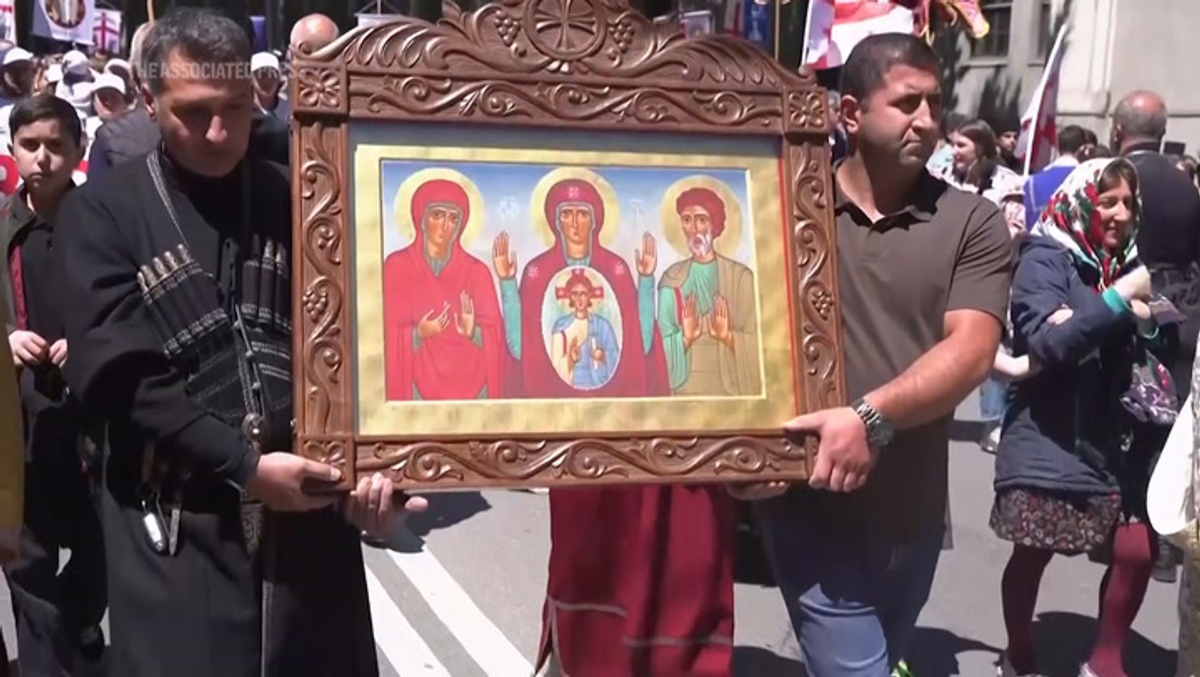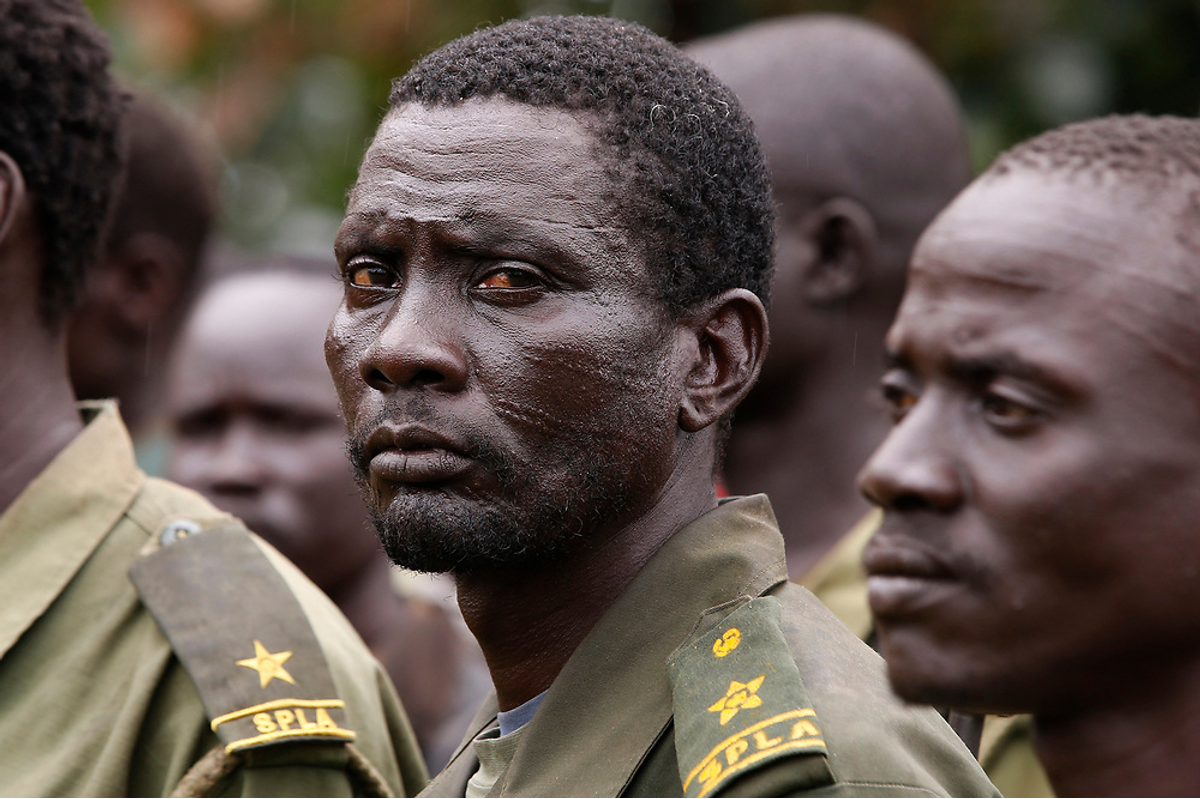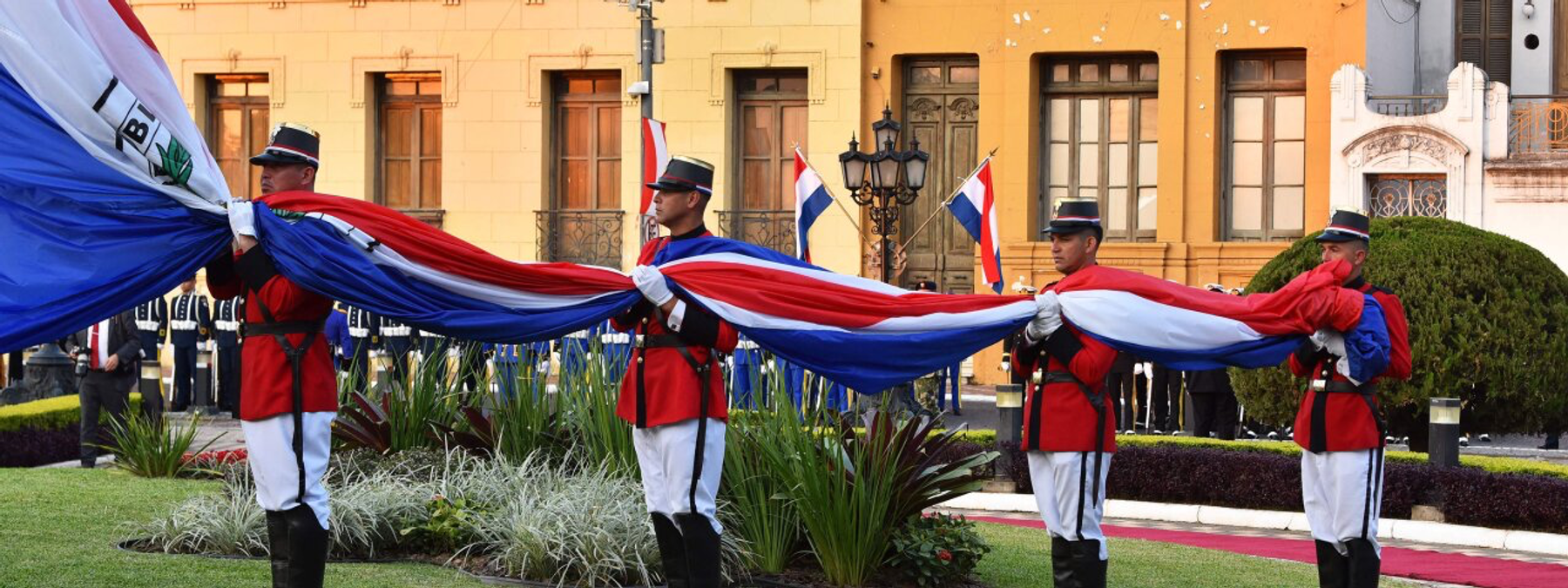Paraguay is a landlocked country in South America, bordered by Brazil to the east, Argentina to the south and west, and Bolivia to the northwest. Before the arrival of Europeans, the territory was inhabited by various indigenous peoples, including the Guarani, who still make up a significant portion of the population today.
Paraguay was first colonised by the Spanish in the 16th century. The settlement of Asunción, now the capital of Paraguay, was founded by the Spanish on Ascension Day (August 15th) 1537.
There are two theories about where the name “Paraguay” comes from. One version says it means either “River of the Payaguas”, an Indian tribe, or “crowned river” after the native Indian Guaraní words for palm crown and water. A more colourful versions is that there was a parrot named Frank that the first Jesuit settlers befriended when they arrived in the region. To back up this theory, on old maps, Paraguay was labelled as “Parrot”.
The region had shown dissent against the Spanish for several years and tension had risen in the early years of the nineteenth century due to the growing influence of Argentina in the area.
Some bad decisions by the Governor had weakened Spanish presence, which was already affected by the Napoleonic Wars, enabling the Paraguayans, led by a lawyer, Dr José Gaspar Rodríguez de Francia., to overthrow the Spanish in a fairly bloodless revolution on May 14th 1811.
As a result, Paraguay became the second independent nation in the new world – the United States was the first. Dr Francia became the first President of Paraguay, ruling from 1814 to 1840.
He was influential in the design of the flag of Paraguay, which uniquely is the only national flag in the world that has a different image on each side. In the center of one side is the Paraguayan coat of arms, and on the opposite, the treasury seal with the national motto: “Paz y justicia” (“Peace and Justice”).
